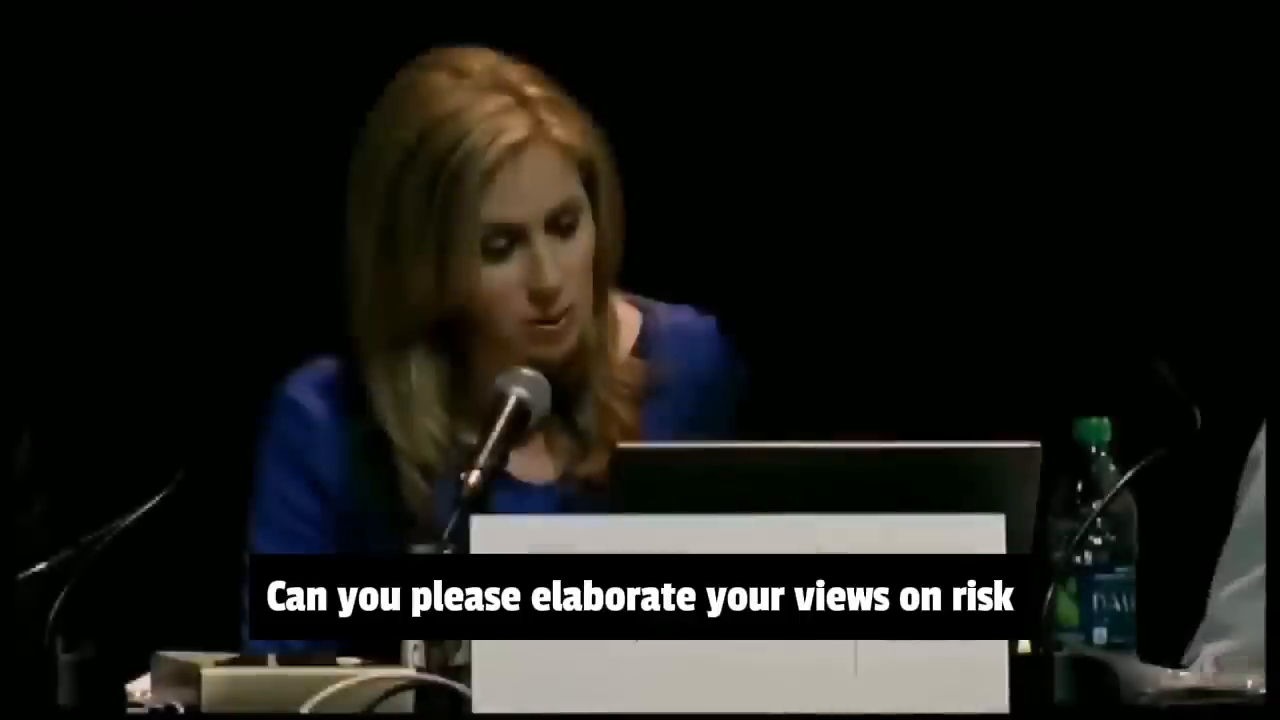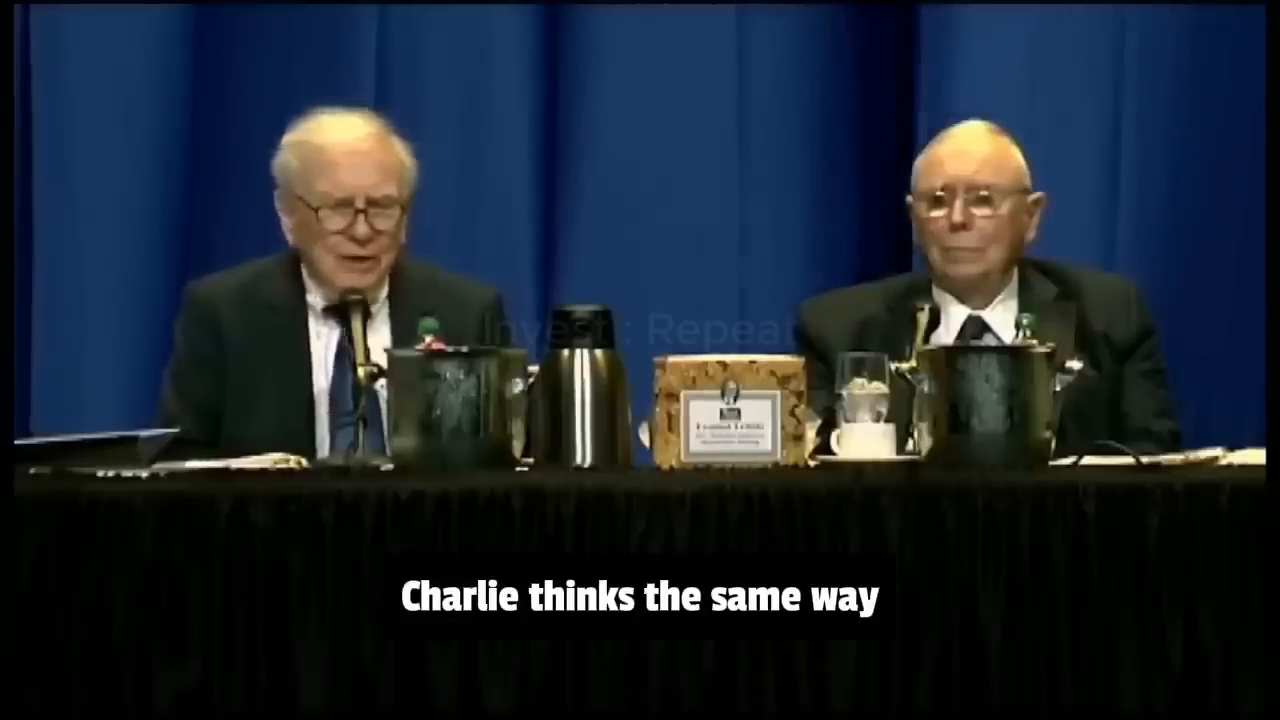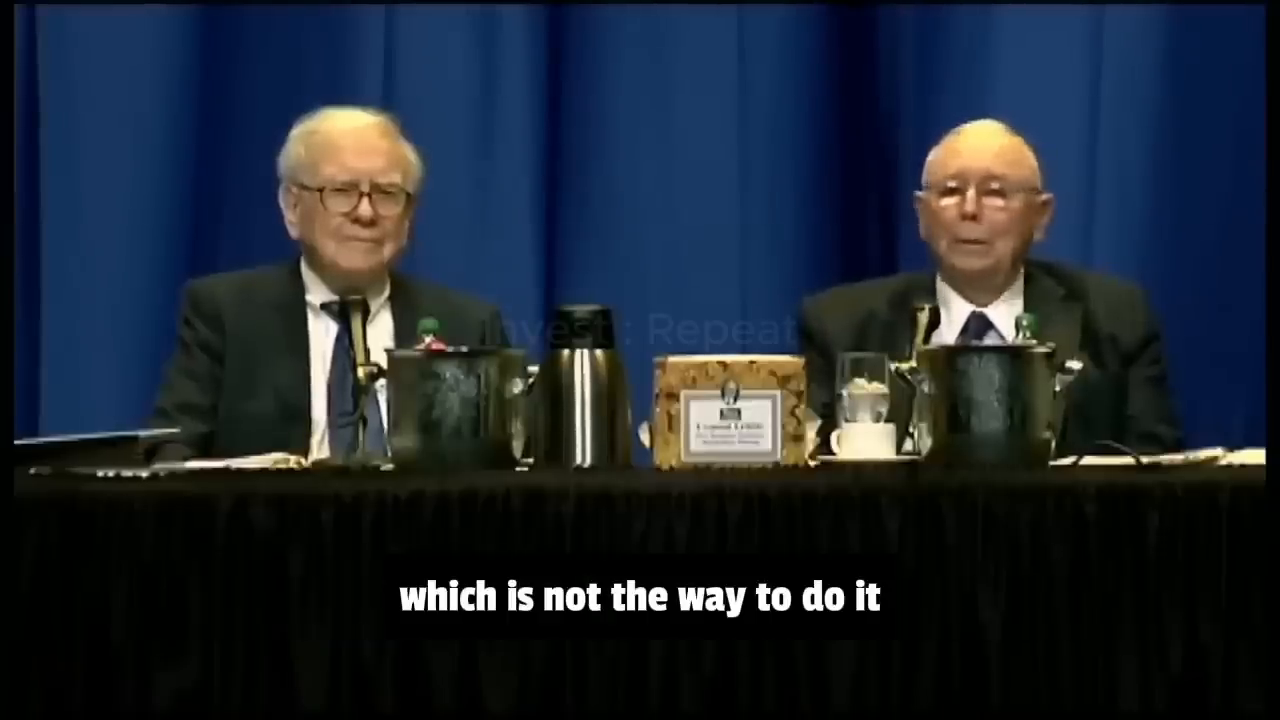Warren Buffett and Charlie Munger on risk management and conservative investing
In a riveting discussion between investing legends Warren Buffett and Charlie Munger, they delved into the critical aspects of risk management, cash reserves, worst-case scenarios, and their skepticism toward mathematical risk models. As seasoned investors with decades of experience, Buffett and Munger share timeless lessons that can benefit anyone who wants to invest with prudence and foresight. Unlike many modern financiers, they emphasize caution over computation and a deep understanding of historical context over blind reliance on statistical probabilities.
This article captures the essence of their conversation, unpacking their perspectives on managing financial risks and the importance of safeguarding against the unexpected.
The philosophy behind risk management

“Why statistics alone aren't enough: a lesson straight from Buffett’s world”
The conversation kicks off with an incisive question on Buffett and Munger's view of risk assessment and why statistical probabilities, such as sigma values (used in Gaussian distribution models), aren't the sole criteria they rely on. Buffett states emphatically that they approach risk by contemplating worst-case scenarios and layering a substantial margin of safety. He emphasizes, "It isn’t about a magic number.”
For Buffett and Munger, there’s no “magic formula” that guarantees security through a specific dollar amount—whether that's $20 billion or otherwise. They reject the idea of numerical precision in risk management, particularly when such "precision" stems from arbitrary statistical models. Buffett warns against blindly trusting such calculations, citing cases where even the brightest minds using advanced mathematical models have failed disastrously.
From their vantage point, managing risk is an intuitive, layered approach that considers unseen perils instead of relying on theoretical probabilities.
Why Berkshire Hathaway prioritizes cash reserves

“Cash is king: the necessity of $20 billion+ in reserves”
At the heart of risk management lies the principle of cash reserves. Buffett and Munger mention their philosophy of maintaining a large cash cushion—historically set at $20 billion or more. However, they stress that the number itself isn't inherently "magical." Rather, it reflects their desire to handle worst-case scenarios without jeopardizing the company's stability.
Cash, for Berkshire Hathaway, serves as both a safety net and an operational privilege. Buffett frames this principle eloquently, saying, “We don’t ever want to risk what we have and need for what we don’t have and don’t need.” This mantra showcases their preference for security over aggressive financial maneuvers, particularly when such actions could imperil their stakeholders.
For Munger and Buffett, holding significant reserves not only prevents panic during crises but also creates opportunities. As Buffett explains, “We want to sleep peacefully at night and have excess money ready to put to work when opportunities arise.”
Lessons learned from financial crises

“Historical lessons: why preparation matters in times of crisis”
What shaped Buffett and Munger’s cautious management style? Their experiences during turbulent times in financial history, such as the aftermath of September 11, 2001, and the financial meltdown of 2008, underline their approach. During these crises, liquidity dried up, panic ensued, and even sophisticated financial institutions teetered on the brink of collapse.
Buffett recalls moments where entire markets faced events deemed "mathematical improbabilities." He emphasizes, “We’ve seen things of a similar dramatic impact in the past, and we’ll see them again in the future." These events fortified their belief that institutions need to prepare for the entirely unexpected.
Berkshire Hathaway’s intrinsic value, stability, and reputation have been safeguarded precisely because their leadership avoids over-leveraging and planning based solely on optimistic probabilities. This enduring attitude enables the company to remain resilient in downturns and capitalize on opportunities when competitors crumble.
Fat tails, Gaussian curves, and skepticism of financial models

“Skepticism of Gaussian curves and data-driven confidence”
One of the sharpest points Buffett and Munger make is their criticism of financial models that depend on Gaussian (bell-curve) distributions. These models often rely on sigma (standard deviation) to measure risk, incorporating the assumption that extreme events are rare. Buffett and Munger, however, believe this “neat” model fails to capture true financial risk, especially the phenomenon of “fat tails.”
“Fat tails” refer to the increased likelihood of extreme outcomes that don’t conform to a standard bell curve. Events like global market crashes, collapses of major firms, or unforeseen shocks are more prevalent than Gaussian models would suggest. Munger highlights this pitfall of academic and mathematical finance by stating, “They created false confidence… they’ve learned the hard way that standard shapes weren’t fat enough.”
Both Buffett and Munger note with humor that despite the purported sophistication of advanced math, financial institutions and their “quants” have often suffered when reality diverges from theory. Risk models, in their view, may oversimplify unpredictable human behavior, creating a dangerous overconfidence among decision-makers.
The importance of history and avoiding financial folly

“History is filled with forgotten lessons—why Buffett cherishes 1901’s stock ordeal”
Buffett recounts a vivid historical example to illustrate another lesson: the Northern Pacific Corner of May 1901. This incident occurred when two investors unknowingly acquired more than 50% of a single company’s stock, driving its share price from $170 to $1,000 in one day. Meanwhile, the rest of the market collapsed, triggering financial despair among leveraged speculators.
One particularly tragic account involves a brewer in Troy, New York, who committed suicide due to margin calls caused by the market chaos. Buffett explains that the brewer likely relied on "impeccable" statistical models to manage his investments—but those models failed to anticipate this one-in-a-thousand catastrophe.
The lesson? Financial markets are inherently unpredictable, shaped by human decisions, emotions, and circumstances outside mathematical boundaries. Buffett humorously admits, “I’ve never wanted to end up in a vat of hot beer!” The anecdote underscores the importance of understanding history to avoid repeating past mistakes.
For Buffett and Munger, financial history is far more instructive than theoretical models. As Munger succinctly puts it, many of the financial missteps committed by experts arise from arrogance and a lack of historical understanding.
The conservative investing mindset
Munger attributes much of Berkshire Hathaway’s success to what others may call “over-conservatism.” Reflecting on their track record, he acknowledges that their returns across “99 years out of 100 will be penalized” compared to investors who take bigger risks. However, in that rare, tumultuous “1 out of 100 years,” their conservatism ensures survival where others fail.
Both Buffett and Munger emphasize resilience over short-term gains. Their philosophy boils down to timeless principles: 1) don’t risk what you can’t afford to lose, and 2) never overreach for what you don’t need.
Ultimately, Berkshire Hathaway’s cautious, counter-cyclical approach is a template for navigating financial markets with integrity and long-term focus.
Conclusion: a guide for thoughtful investors
Buffett and Munger’s discussion is a masterclass in financial wisdom. Through candid reflections, they expose the pitfalls of over-reliance on mathematical precision in risk assessments, the dangers of leveraged speculation, and the importance of learning from history.
For modern investors, their philosophy serves as a clarion call to avoid complacency. Risk management isn’t about calculating probabilities—it’s about preparing for the unpredictable. Cash reserves, historical insights, and a margin of safety remain indispensable tools for weathering financial storms.
So the next time an investment opportunity looks lucrative but feels speculative, consider Buffett’s timeless mantra: “We are never going to risk what we have and need for what we don’t have and don’t need.” It’s advice worth heeding.
